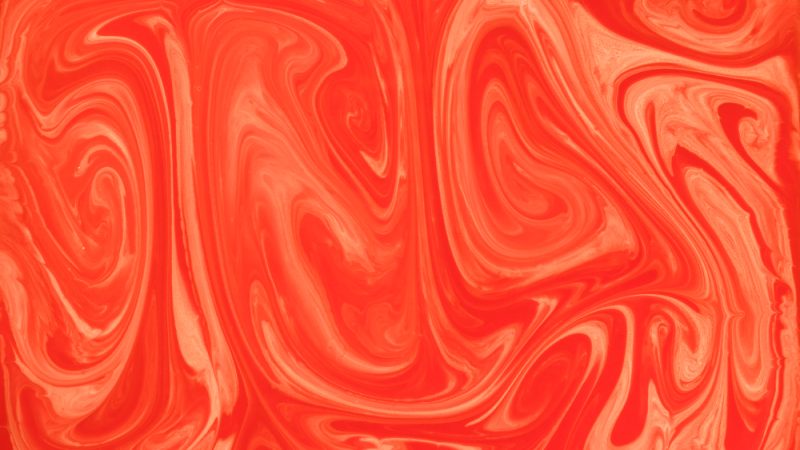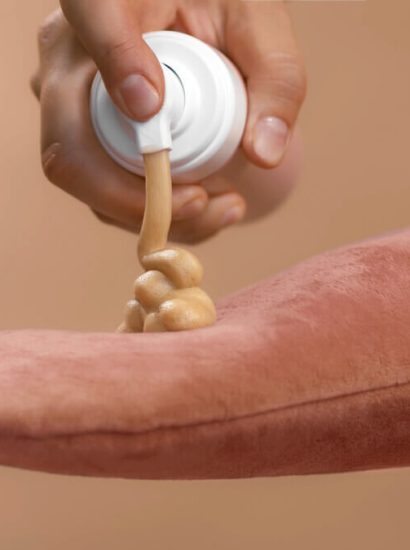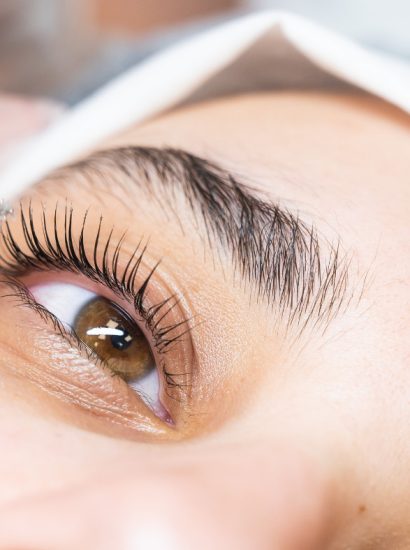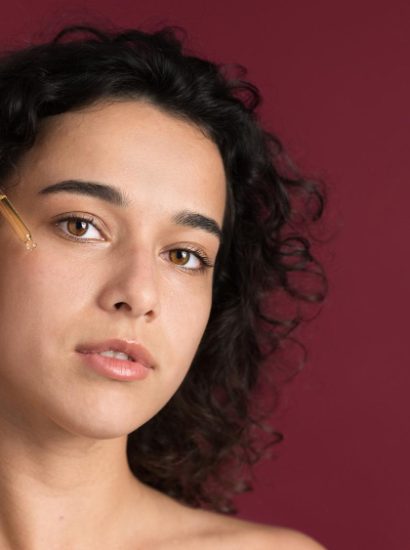The vibrant shade of orange red dye has captured attention in many industries, from fashion to art, cosmetics, and textiles. This striking hue blends the warmth of orange with the intensity of red, creating an energetic and passionate tone that symbolizes creativity, confidence, and enthusiasm. Whether you are coloring fabrics, hair, or creating artistic works, understanding how orange red dye functions, its shades, and its safe uses is essential for achieving consistent, beautiful results.
In this guide, we will explore the properties of orange red dye, its most common shades, where it is used, and how to apply it safely for different purposes.
What Is Orange Red Dye
Orange red dye is a colorant that falls between pure orange and deep red on the color spectrum. It combines the brightness of orange with the rich undertones of red, resulting in a bold, fiery shade. It can be derived from both synthetic and natural sources, depending on its application. For instance, in hair dyes or fabrics, synthetic chemical dyes are common because of their durability, while food or cosmetic versions often rely on natural ingredients for safety.
Origins and Development of Orange Red Dye
Historically, red and orange dyes were among the earliest pigments used by humans. Ancient civilizations used natural materials like madder root, saffron, and cochineal insects to produce red and orange hues. The modern orange red dye emerged with the invention of synthetic dyes in the 19th century, particularly through the development of azo dyes, which made color production more stable and accessible. Today, the shade is available in both natural and synthetic variations, giving manufacturers flexibility in terms of safety, vibrancy, and cost.
Common Uses of Orange Red Dye
Orange red dye is versatile and used in multiple industries due to its intense visual appeal. Some of its most common uses include:
Textiles and Fabrics: It gives clothing, upholstery, and accessories a vibrant, energetic tone.
Hair Coloring: Popular among individuals who prefer warm, bold hair shades that stand out.
Cosmetics: Used in lipsticks, blushes, and eyeshadows to create natural yet radiant tints.
Food Coloring: Some food-grade natural dyes are used in beverages, candies, and sauces for a warm reddish tone.
Art and Design: Artists use orange red pigments in paintings and prints for dramatic expression.
This widespread application demonstrates how this color can adapt across creative and commercial settings.
Shades and Variations of Orange Red Dye
The orange red spectrum contains several subtle variations that cater to different aesthetic preferences and material needs. Some common shades include:
- Bright Orange Red: A fiery and luminous hue ideal for fashion and accessories.
Deep Red Orange: A darker, sophisticated shade that resembles autumn tones.
Coral Red: A softer mix of red and peachy orange that appears gentle and romantic.
Rusty Orange Red: A muted, earthy variation perfect for vintage or natural fabrics.
These differences result from variations in dye concentration, base color, and the type of material used. For example, a silk fabric will reflect a lighter tone, while cotton may absorb more pigment, resulting in a deeper color.
Natural Sources of Orange Red Dye
For eco-conscious consumers, natural sources of orange red dye are becoming increasingly popular. Some of the most well-known natural colorants include:
Madder Root: Produces a warm orange-red tone and has been used since ancient times for textiles.
Annatto Seeds: Commonly used in food and cosmetics to add reddish-orange coloring.
Cochineal Extract: Derived from insects, it yields a deep red-orange pigment used in natural makeup and fabrics.
Turmeric and Paprika Blends: When combined with acidic agents, they produce subtle orange red hues.
Natural dyes are biodegradable, renewable, and generally safer for skin contact, though they may fade faster than synthetic options.
Synthetic Orange Red Dyes
Synthetic dyes are widely used in manufacturing because they provide vibrant and long-lasting results. Azo dyes are the most common synthetic group used to produce orange red colors. They are created through chemical reactions involving aromatic compounds, allowing precise control over hue and saturation. Synthetic dyes are especially preferred in textile and hair industries for their stability under washing, light exposure, and heat. However, it is important to choose products from reputable brands that adhere to safety standards, as poor-quality dyes may contain harmful residues.
Safety Precautions When Using Orange Red Dye
Safety is a key consideration when working with any dye, whether natural or synthetic. Here are some essential precautions to follow:
- Always perform a patch test before applying dye to the skin or hair to check for allergies.
- Wear gloves and protective clothing to avoid stains and irritation.
- Work in a well-ventilated area, especially when using chemical-based dyes.
- Avoid mixing dyes with strong acids or bases unless directed by product instructions.
- Rinse materials or hair thoroughly after dyeing to remove residual chemicals.
Using these precautions ensures not only better results but also long-term safety for both the user and the environment.
Applying Orange Red Dye to Hair
When using orange red dye for hair coloring, preparation and technique play crucial roles. Start with clean, dry hair, and if necessary, pre-lighten the hair for more vivid results. Mix the dye according to the product’s instructions and apply it evenly from root to tip. Allow it to process for the recommended time, usually between 20 to 40 minutes, then rinse thoroughly. For long-lasting color, use sulfate-free shampoos and avoid excessive heat styling. Orange red hair dye tends to fade gradually, revealing warm undertones that still look natural and attractive.
Applying Orange Red Dye to Fabrics
Dyeing fabrics requires a method suited to the material type. For natural fibers such as cotton, wool, or silk, both natural and synthetic dyes can be used effectively. First, wash the fabric to remove residues that could block dye absorption. Prepare the dye bath by dissolving the colorant in hot water, then submerge the fabric and stir continuously for even coloring. After dyeing, rinse the material with cold water until it runs clear and set the color with a mild fixative like vinegar or a commercial dye fixative. Proper aftercare, such as gentle washing and drying away from direct sunlight, helps preserve the brightness of the orange red hue.
Environmental Impact and Sustainable Practices
While dyes bring beauty and creativity to products, their production and disposal can affect the environment. Synthetic dyes, in particular, may contribute to water pollution if not managed responsibly. To minimize environmental impact, choose eco-certified dyes, reuse dye baths when possible, and dispose of leftover solutions properly. Many textile companies now adopt closed-loop systems to recycle water and reduce chemical waste. Using natural dyes, although less durable, also supports sustainability goals and helps reduce chemical dependency in the coloring industry.
Conclusion
Orange red dye is more than just a color; it is a representation of energy, warmth, and artistic expression. From traditional textile crafts to modern cosmetics and fashion, this versatile hue continues to inspire creators and consumers alike. By understanding its origins, shades, and safe application methods, anyone can use this striking dye effectively while ensuring health and environmental safety. Whether you prefer the brilliance of synthetic pigments or the authenticity of natural sources, orange red dye remains a timeless choice that embodies both tradition and modernity.
FAQs
1. Is orange red dye safe for sensitive skin?
Yes, orange red dye can be safe for sensitive skin if it is derived from natural sources or certified hypoallergenic. Always perform a patch test before full application to check for any reactions.
2. Does orange red hair dye fade quickly?
Like most warm tones, orange red hair dye can fade over time, especially with frequent washing or sun exposure. Using color-safe shampoos and conditioners helps maintain its vibrancy.
3. Can I use orange red dye on synthetic fabrics?
Yes, but synthetic fabrics require specific dyes such as disperse dyes that bond properly with polyester or nylon. Regular natural dyes may not adhere effectively to these materials.
4. Are natural orange red dyes as bright as synthetic ones?
Natural dyes usually produce softer, more earthy tones, while synthetic dyes are more vivid and consistent. The choice depends on whether you prioritize brightness or eco-friendliness.
5. How can I prevent orange red dye from bleeding or staining?
To prevent bleeding, rinse dyed materials thoroughly in cold water and use a fixative to set the color. For hair dye, avoid washing it too soon after application and use lukewarm water.
Also read: Nude Liner Guide – How to Choose the Perfect Shade for You





